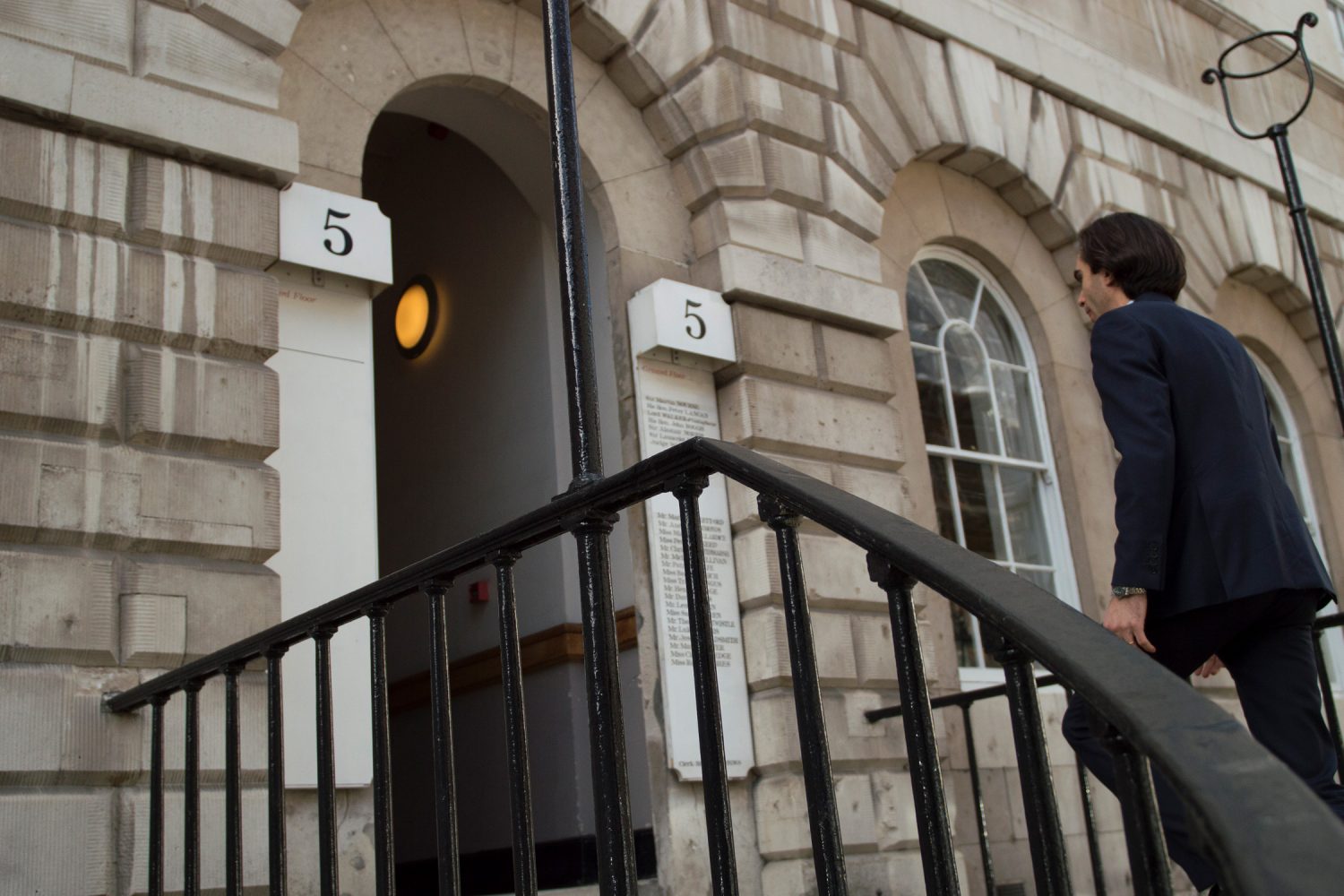David Rees QC and Alexander Drapkin act in a test case in the Court of Protection concerning the appointment of trust corporations as deputies for property and affairs
David Rees QC and Alexander Drapkin represented eleven trust corporations owned by Irwin Mitchell, Thomson Snell & Passmore, Freeths, Foot Anstey, Russell-Cooke Bromleys Solicitors, Slater and Gordon, Chattertons Solicitors, JMW Solicitors, PSG and Stephensons Solicitors in a test case listed by the Senior Judge of the Court of Protection, HHJ Hilder, to consider the appointment of solicitors’ trust corporations as deputies for property and affairs. The judgment has been assigned a neutral citation at [2018] EWCOP 3 and a copy is available here.
It has become increasingly common for solicitors’ firms to seek that appointments as deputy for property and affairs be made not to a named partner at the firm but instead to the firm’s associated trust corporation. The use of trust corporations is encouraged by the Law Society inter alia on the basis of continuity and availability of the appointed deputy. With a trust corporation appointment, there can be a gradual change in directors and staff, rather than the abrupt change of the retirement of a specific named deputy. Further, as a trust corporation permits more people to make decisions in the management of an incapacitated person’s assets, temporary absence of a particular lawyer is much more easily dealt with. In addition, a corporate structure can confer much greater security for the incapacitated person’s assets and avoids the need to apply to the court to change a deputy as practitioners retire or move firm.
Despite the benefits of trust corporations, their increasing use had led the court to be concerned with how in each case it could be sure that a particular corporate body was a fit and proper person to be appointed deputy. This had led to a significant number of applications being either delayed or granted only on an interim basis. In this case, the Court listed 36 such matters involving 11 firms together for a hearing to resolve these issues. The trust corporations jointly instructed counsel; the Public Guardian was represented by counsel and evidence was obtained from the deputyship bond providers and the Solicitors Regulation Authority (‘the SRA’) on the relevant issues.
The court acknowledged that the usual method of being sure of a deputy’s propriety was the deputy’s declaration on Form COP4, however, many of the questions in the standard form did not sensibly apply to a trust corporation. In addition, it was clear that no checks as to the reliability or suitability of trust corporations were done by the approved security bond provider and while the Public Guardian supervised deputies once they had been appointed by the court, it did not conduct any checks on a deputy prior to their appointment.
The court sought evidence from each of the trust corporations on the following issues: whether they could properly act as a trust corporation; their internal processes for the management of incapacitated person’s assets; the level of assets they held; what external regulation they were subject to; and what insurance cover they maintained.
The court held that although the decision to appoint a particular deputy in an individual case was one to be made in the best interests of the individual incapacitated person, a streamlined process was necessary to enable the court to be sure that the proposed trust corporation was a fit and proper person to be appointed deputy for property and affairs, taking into account the issues on which the trust corporations in this case had been asked to address in their evidence.
Of particular interest to the court was the issue of external regulation, which the court saw as a potential practical ‘shortcut’ to a conclusion that a trust corporation was a fit and proper person to be appointed. The relevant regulatory authority for solicitor-owned trust corporations is the Solicitors Regulation Authority. Some of the trust corporations before the court were regulated by the SRA as entities in their own right. In respect of these the full gamut of the SRA’s powers of regulation was available. The court found this situation reassuring. Similar reassurance was however, also available in respect of the remaining trust corporations (those not directly regulated in their own right) owing to their intimate connection with regulated solicitors’ practices.
Having considered the evidence of the SRA, the court found that sufficient regulatory oversight was in place where the trust corporation was controlled and its work carried out by regulated individuals; the work of the deputyship was conducted by the associated solicitors’ practice on behalf of the trust corporation; and the trust corporation was covered by insurance on similar terms to the associated solicitors’ practice.
The Court held that the desired streamlined process could be achieved by requiring a series of undertakings to be given by any trust corporation seeking appointment as deputy for property and affairs. In due course it is expected that these will form the basis for an amendment to Form COP4. The undertakings are scheduled to the judgment. A separate Word Document setting out the relevant undertakings can be found below.
Given the wide and increasing use of trust corporations the decision provides helpful guidance for the wider profession. It clarifies what is necessary for a solicitors’ trust corporation to achieve appointment as a deputy and provides a mechanism whereby it can be provided.

